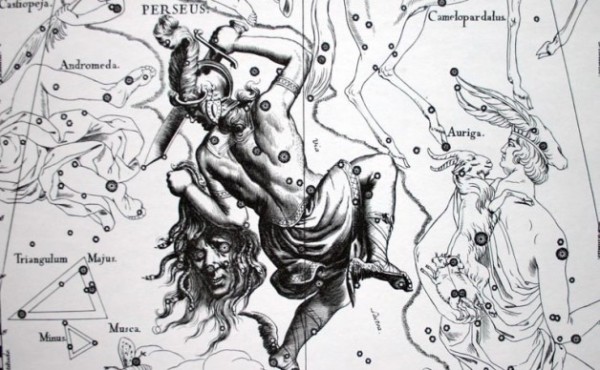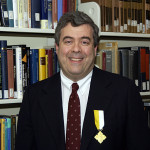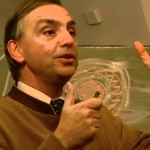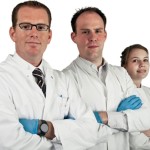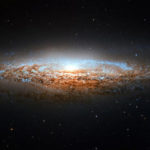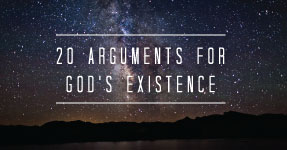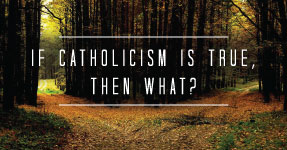Science or Myth: A False Dichotomy
“Reality is everything that exists. That sounds straightforward, doesn’t it? Actually it isn’t.” Thus begins Professor Richard Dawkins’ recent book, The Magic of Reality. In order to explain reality, Professor Dawkins takes us on a tour of modern science by contrasting its explanations with those we find in myths and fables: “These are the stories we all remember with fondness from our childhood, and many of us still enjoy when served up in a traditional Christmas pantomime—but we all know this kind of magic’s just fiction and does not happen in reality.”
“This kind of magic” he calls “supernatural” magic, and he contrasts it with the “magic of reality,” that is, modern science. “The magic of reality,” he goes on to say, “is neither supernatural nor a trick, but—quite simply—wonderful. Wonderful, and real. Wonderful because real.”
Dawkins’ point is simple: modern science gives true accounts of reality, while mythical stories give false accounts. I think we can all agree with this to a point, but as the saying goes, “the devil is in the details.” In this case, the details lie in what he means by “modern science” and what he means by “mythical story.” His notion of modern science is common enough: data gathered through our senses by means of experiment and organized in models which best represent what we observe. This definition is fairly straightforward and unproblematic; anyone who has been through school is familiar with it. The problem comes in his notion of mythical story.
For Dawkins, anything which is not testable in modern scientific terms is classified as a mythical story—something which is a false account of reality. Now it is certainly true that there are plenty of mythical stories out there, and he gives a number of them in the book, some very colorful and fantastic. My personal favorite is the Australian myth concerning the origin of the Sun’s rising and setting: two lizards use a boomerang to drag the Sun from East to West! This is a mythical story which is clearly not true in any realistic sense. But in his list of mythical stories, Dawkins also includes some which are not so easily categorized: the Virgin Birth and the Miracle of the Sun at Fatima. I can understand why he would not classify these as modern science, but they are certainly in a different category than the boomerang lizards.
Dawkins’ problem seems to be that his vision of reality is too narrow. You cannot expect to know reality accurately if you put everything into just two categories, modern science and mythical story. There are parts of reality which do not fit into either: something can be true and real even though it is not tested in the laboratory. St. Augustine makes this clear in On the Trinity:
“Far be it from us that we should deny that we know what we have learned through the testimony of others. Apart from them, we do not know there is an ocean; we do not know there are the lands and cities that famous reports describe for us; we do not know that the men and their deeds existed that we learn about by reading history; we do not know the things that are reported every day from whatever quarter and are confirmed by indications that are consistent and in agreement [with one another]; finally, we do not know in what places or from what people we arose. For all these things we believe on the testimony of others.”
Professor Dawkins is right that the real is wonderful, and wonderful because it is real. It is just that his notion of the real is a bit too restricted. I applaud him for using the notion of wonder in relation to modern science; too many people see science merely as a useful tool for solving problems and making use of the natural world. Although it is true that, through science, countless lives have been saved and the quality of our lives has been vastly improved as compared to ancient times, Dawkins rightly emphasizes that utility should not eclipse wonder. There is something magical about knowing the workings of the natural world and seeing its rational order unfolding in our world, and Dawkins’ book does a great job of showing children this “magic.” Where I cannot follow him is in denying truth or reality to things that are beyond scientific measurement and verification, like history and revelation. While these forms of knowledge are not science (in the modern sense of the term), at the same time they do not fit neatly into the category of mythical stories.
To borrow a line from Hamlet, “There are more things in heaven and earth,” Professor Dawkins, “than are dreamt of in your philosophy.”
Related Posts
Note: Our goal is to cultivate serious and respectful dialogue. While it's OK to disagree—even encouraged!—any snarky, offensive, or off-topic comments will be deleted. Before commenting please read the Commenting Rules and Tips. If you're having trouble commenting, read the Commenting Instructions.




